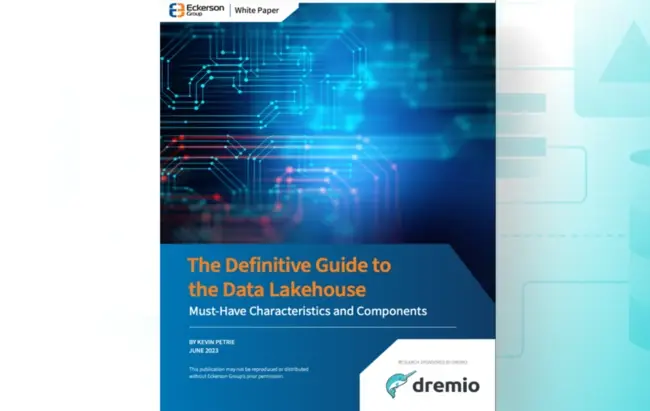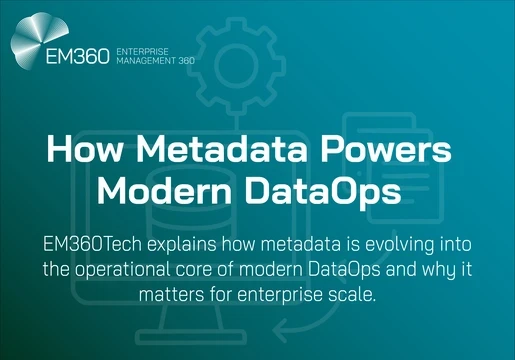The Data Lakehouse has captured the hopes of modern enterprises that seek to combine the best of the data warehouse with the best of the data lake. Like a data warehouse, it transforms and queries data at high speed. Like a data lake, it consolidates multi-structured data in flexible object stores. Together these elements can support both business intelligence (BI) and data science workloads.
While early in the adoption cycle, many enterprises implement the Data Lakehouse to streamline their architectures, reduce cost, and assist the governance of self-service analytics. Common use cases include data mesh support, a unified access layer for analytics, data warehouse consolidation, data modernization for the hybrid cloud, departmental lakehouses, and support for FinOps programs.
This report, by The Eckerson Group, explores:
- Data Lakehouse use cases and case studies
- Defines the 7 must-have characteristics of the Data Lakehouse
- The architectural layers of the data lakehouse environment
- How to define and execute a successful Data Lakehouse strategy
Data teams that select the right elements for their environments and establish the right points of integration can modernize their data architecture for analytics and BI.








Comments ( 0 )